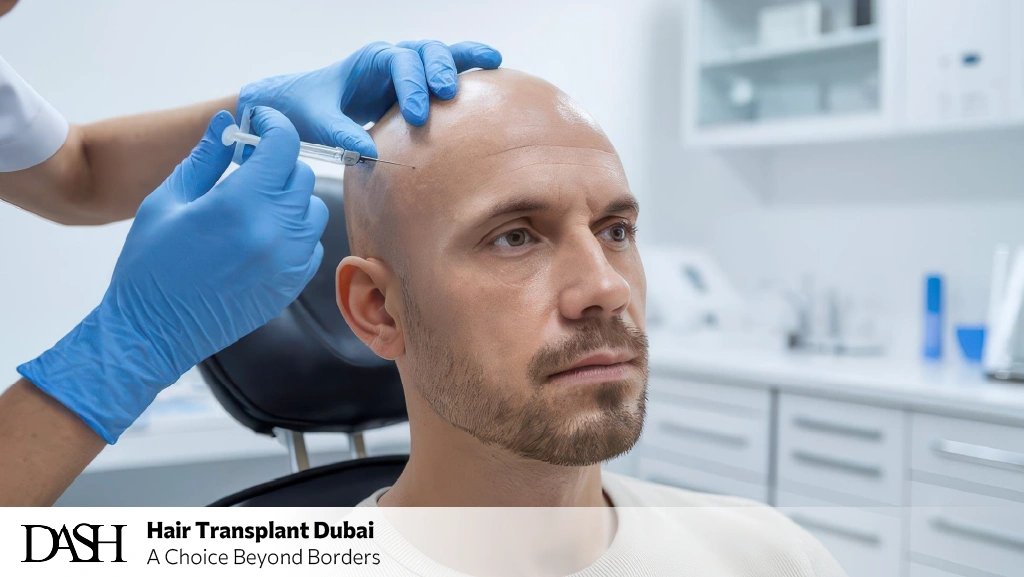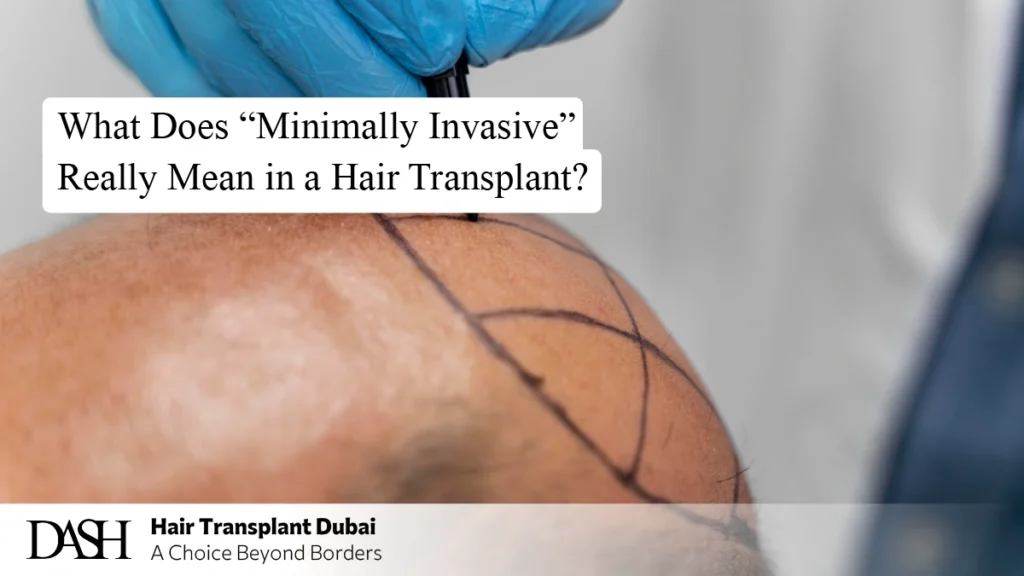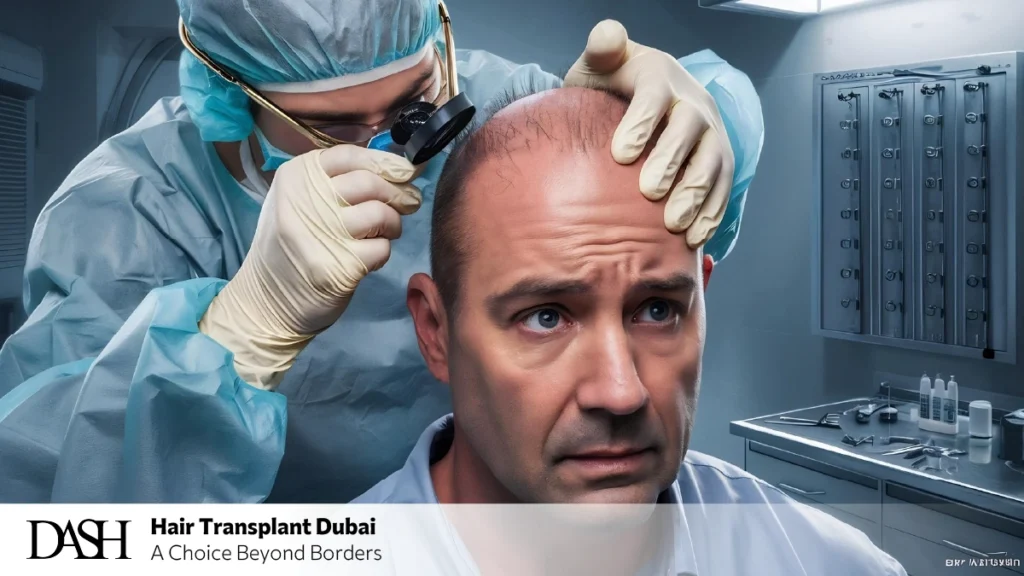Minimally Invasive Hair Transplant Techniques: What to Expect

Losing your hair doesn’t always mean losing your confidence not anymore. Thanks to today’s minimally invasive hair transplant techniques, getting your hair back can be easier, gentler, and a lot less noticeable than you might think.
Gone are the days of obvious scars and long recoveries. Modern methods like FUE (Follicular Unit Extraction) make it possible to restore your hair with barely a hint that you ever had a procedure done.
So, what’s it really like? In this article, we’ll walk you through what to expect from how it works, to how it feels, to when you’ll start seeing results. No fluff, no medical mumbo jumbo just real talk about getting your hair back, the easy way.
What Does “Minimally Invasive” Really Mean in a Hair Transplant?
When you hear “minimally invasive,” think of it as the gentle approach to getting your hair back. Instead of large incisions or stitches, these techniques like FUE use tiny tools to extract and place individual hair follicles. That means less pain, less downtime, and little to no visible scarring. In other words, it’s all about doing more with less less trauma to your scalp, less recovery time, and way less worry. It’s a smarter, cleaner way to restore your hair without turning your life upside down.

FUE Hair Transplant: The Go-To Method for Natural, Low-Impact Results If there’s one hair
transplant technique that’s got everyone talking, it’s FUE and for good reason. Short for Follicular Unit Extraction, FUE takes individual hair follicles (usually from the back or sides of your head) and moves them one by one to areas that need a boost. No scalpels, no stitches, no obvious signs you even had anything done. The result? Hair that grows in naturally, blends seamlessly, and keeps people guessing. It’s low impact, high reward and that’s exactly why FUE has become the top choice for anyone looking for a subtle, effective solution.
Is a Minimally Invasive Hair Transplant Really as Painless as They Say?
Let’s be real — the idea of someone working on your scalp doesn’t exactly sound painless. But here’s the good news: minimally invasive hair transplant methods like FUE are designed to keep discomfort to a minimum. Most patients say the whole thing feels more like a long haircut than a medical procedure. You’ll get local anesthesia, so you won’t feel a thing during the process. Afterward? Maybe a little soreness or swelling for a day or two — nothing a mild painkiller can’t handle. So yeah, “painless” might be stretching it a bit, but it’s definitely way easier than you’d expect.
Hair Transplant Recovery Time: How Soon Can You Get Back to Life?
One of the biggest perks of minimally invasive hair transplants is the quick recovery. Unlike older methods that meant weeks off and lots of downtime, techniques like FUE let you get back to your routine faster than you might think. Most people can return to work and normal activities within just a few days. Sure, you might have some redness or tiny scabs where the follicles were placed, but those clear up pretty quickly. The key is to follow your doctor’s advice, take it easy for a bit, and soon enough, you’ll be back in action — with new hair to show for it.
Hair Transplant Worries: Scars, Shaving, and Everything in Between
It’s totally normal to have questions and maybe even worries about things like scars or shaving your head. The good news? Minimally invasive hair transplants like FUE are designed to keep scars nearly invisible. Instead of a big, obvious scar, you’ll have tiny dots that are barely noticeable, even if you wear your hair short. As for shaving, yes, some clinics ask you to shave the donor area to make the process smoother, but it’s usually just a small patch and it grows back fast. So, while these concerns are common, they shouldn’t stop you from exploring options that can bring your hair back with minimal fuss.

When Will You See Results After a Minimally Invasive Hair Transplant?
Patience is key when it comes to hair transplants even the minimally invasive kind. Right after the procedure, you might notice some redness and tiny scabs, but the real magic takes a little time. Most people start seeing new hair growth around 3 to 4 months later. By 6 to 9 months, the results really begin to show, with fuller, thicker hair blending naturally with what you already have. Remember, it’s a gradual process, but the wait is totally worth it once your new hair starts filling in.
Why Minimally Invasive Hair Transplant Techniques Are a Big Deal in Dubai
Dubai’s not just famous for skyscrapers and luxury — it’s also becoming a hotspot for advanced hair transplant options. People here want the best results without the hassle of long recovery times or visible scars. That’s why minimally invasive techniques like FUE have taken off in top clinics across the city. With a strong focus on precision and natural-looking outcomes, these methods fit perfectly with Dubai’s fast-paced lifestyle. Plus, patients appreciate how discreet the process is, letting them get back to work and social life quickly — all while getting their hair back.
FAQ | Minimally Invasive Hair Transplant Techniques
It uses tiny tools and no big cuts, resulting in less pain, faster recovery, and minimal scarring.
Usually between 4 to 8 hours, depending on how many follicles are transplanted.
Scarring is very minimal—tiny dots that blend in easily, even with short hair.
Most patients feel only mild discomfort, thanks to local anesthesia.
Many people resume normal activities within 2 to 3 days.
New hair usually starts growing around 3 to 4 months after the procedure.
Yes, FUE works well on most hair types and textures.
Often, yes — but only a small area in the donor region, which grows back quickly.